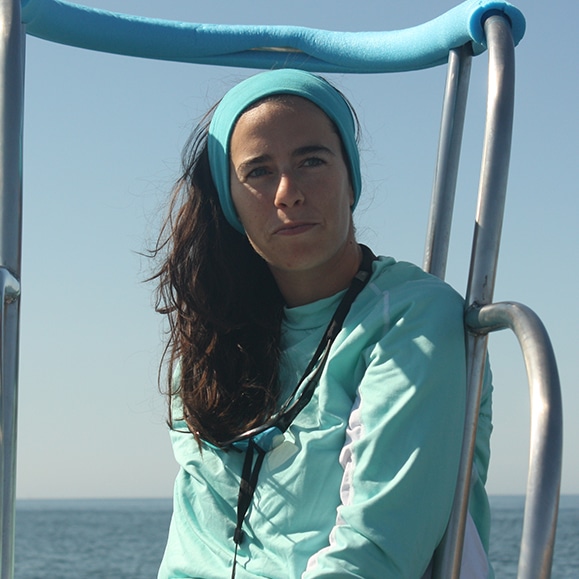Grouping dynamics of mother-calf pairs of common dolphins in the South coast of Portugal
Joana Castro, André Cid, Alicia Quirin, Fábio L. Matos, Rui Rosa and Heidi C. Pearson
Abstract of the oral presentation
Joana Castro(1,2), André Cid(1), Alicia Quirin(1), Fábio L. Matos(1), Rui Rosa(2,3) and Heidi C. Pearson(4)
(1) AIMM – Associação para a Investigação do Meio Marinho, Rua Maestro Fred. Freitas N.15-1, 1500-399 Lisboa, Portugal
(2) MARE – Marine and Environmental Sciences Centre / ARNET – Aquatic Research Network, Laboratório Marítimo da Guia, Faculdade de Ciências, Universidade de Lisboa, Portugal, Cascais, Portugal
(3) Departamento de Biologia Animal, Faculdade de Ciências da Universidade de Lisboa, Campo Grande, 1749-016 Lisboa, Portugal
(4) University of Alaska Southeast, 11066 Auke Lake Way, Juneau, AK, 99801, USA
Grouping dynamics for mothers are influenced by a trade-off between the protection of their infant from predation, male harassment, and reduction of scramble competition. We used an unmanned aerial vehicle to assess the grouping dynamics in common dolphin (Delphinus delphis) parties containing mother-calf (MC) pairs to address these hypotheses. We estimated: (i) the effect of party size, cohesion and month on calf proportion using Generalised Additive Mixed Models (GAMMs), as well as the effect of party size and calf proportion on the number of socio-sexual events, (ii) the effect of calf distance to the nearest neighbour (NN) and socio-sexual behaviour on calf distance to the mother, and (iii) the effect of party size and cohesion on the calf distance to its NN. Additionally, we modelled party formation using multinomial Generalised Estimating Equations. Nursery groups corresponded to 43.6% of all observations. Calf proportion was higher in very compact parties and in parties of 10 to 20 individuals, but decreased as parties became larger. The frequency of socio-sexual behaviours increased in larger parties and decreased in parties with a higher calf proportion. Calf distance to NN decreased with increasing party size and cohesion. With a higher proportion of calves, scatter formation was less frequent when compared to parallel formation. Pack formation was less common as cohesion decreased when compared to parties in parallel formation and very compact. The NN of a calf was mainly a non-mother (56.3%) followed by another MC pair (43.7%). Calves showed a preference for being in the front centre of the party.
Maternal strategies and the presence of MC pairs play a crucial role in the grouping dynamics of common dolphins in the South of Portugal. Our results offer strong support for the predation and infant safety hypotheses and partial support for the scramble competition hypothesis.
Become a Hero of the Oceans!
Purchase the products we have designed for you in our online store and help us to preserve the marine environment.

